11 Ways to Revive Your Garden After the Summer Heat
After months of intense sun, many gardens are left with dry soil, wilted plants, and faded blooms. The good news is that with the right care, you can bring your outdoor space back to life. Simple steps like refreshing the soil, trimming back damaged growth, and adding fresh plantings can make a big difference. By giving your garden the attention it needs now, you will enjoy a healthier and more vibrant space as the cooler months arrive.
This post may contain affiliate links, which helps keep this content free. Please read our disclosure for more info.
Deep Watering
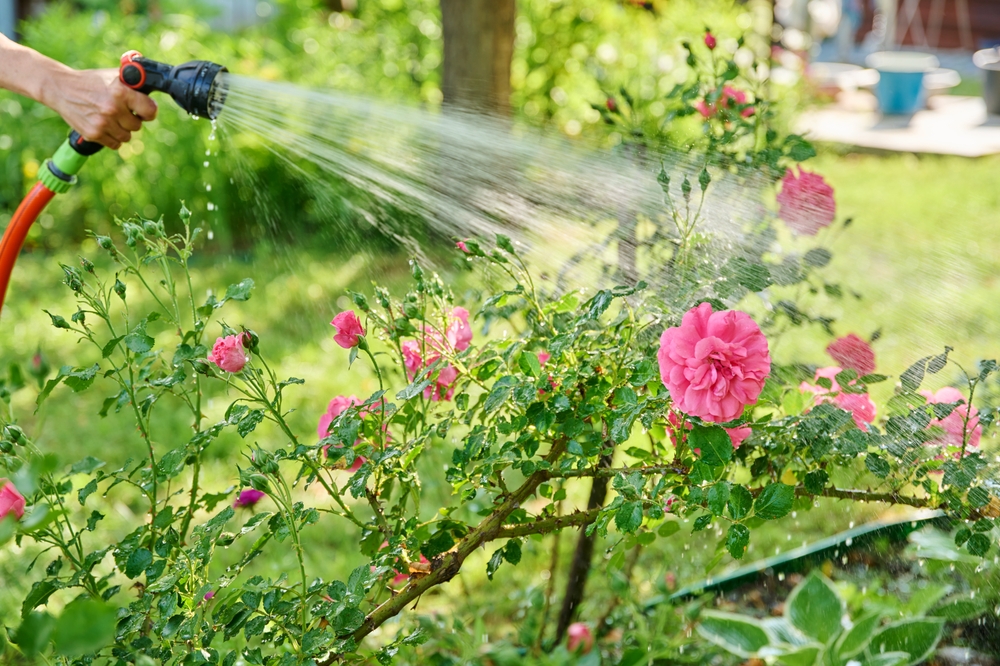
After weeks of hot temperatures, plants often struggle because their roots cannot reach enough moisture. A simple surface sprinkle evaporates too quickly, leaving the soil crusty and dry below. Deep watering corrects this by soaking the ground several inches down, which allows roots to absorb the amount of water they truly need. This helps revive wilting plants and gives them the strength to push out fresh growth.
To do this effectively, place a hose or watering can at the base of each plant and let the water run slowly so it penetrates deeply rather than running off. Avoid watering during the hottest part of the day since most of it will disappear into the air instead of reaching the roots. Over a few weeks of steady deep watering, you will notice plants that looked weak begin to stand taller, with leaves that look greener and healthier.
Mulching the Soil
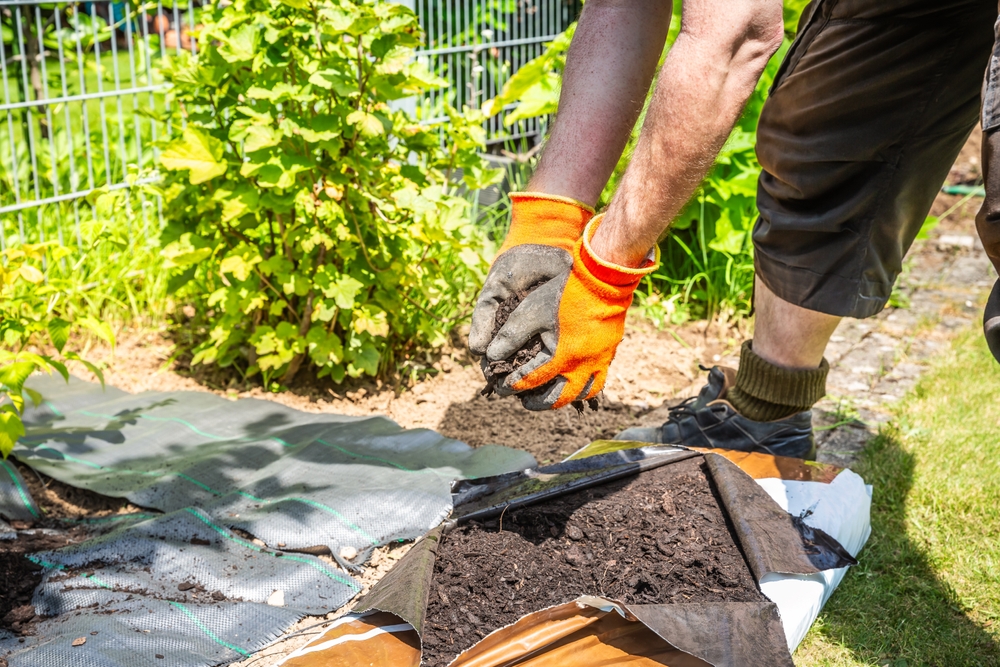
Exposed soil loses moisture quickly, and once it dries out, it is harder for plants to bounce back. Spreading mulch such as shredded bark, straw, or even dried leaves across the surface protects the soil from the sun. This cover keeps roots cooler and slows evaporation, giving your plants a more stable growing environment. It also prevents weeds from competing for water and nutrients, which is especially important when resources are limited.
Another advantage of mulch is that it naturally breaks down over time. As it does, it enriches the soil with organic matter, improving texture and fertility. Applying mulch in late summer or early fall sets your garden up for healthier growth in the cooler months while making recovery from summer heat less stressful for plants.
Pruning Damaged Growth
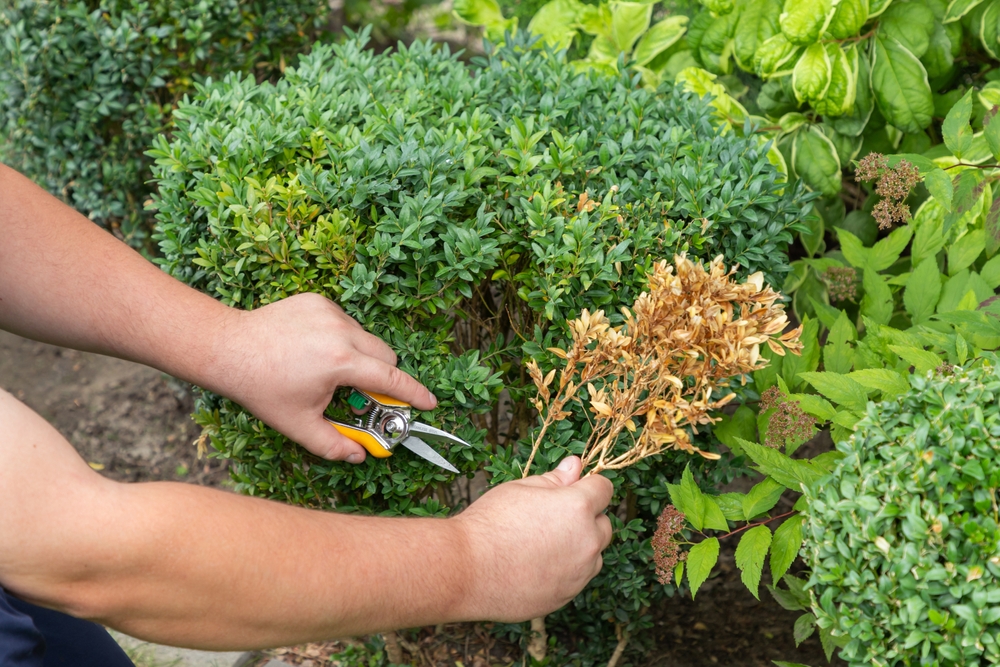
Plants often carry signs of summer stress in the form of scorched leaves, dried flower heads, or brittle stems. Leaving this damage on the plant forces it to spend energy trying to sustain weak parts. By pruning away the damaged material, you allow the plant to focus on producing new shoots that are strong and healthy. It also makes the garden look tidier, which can be refreshing after months of harsh weather.
Pruning improves airflow around the plant, reducing the chance of fungal problems that often appear when cooler, damp nights return. Many plants like roses, hydrangeas, and herbs respond quickly to this treatment, sprouting vigorous new growth within a matter of weeks. It may seem harsh at first, but thoughtful trimming often sets the stage for a stronger comeback in the next season.
Feeding with Compost or Organic Fertilizer
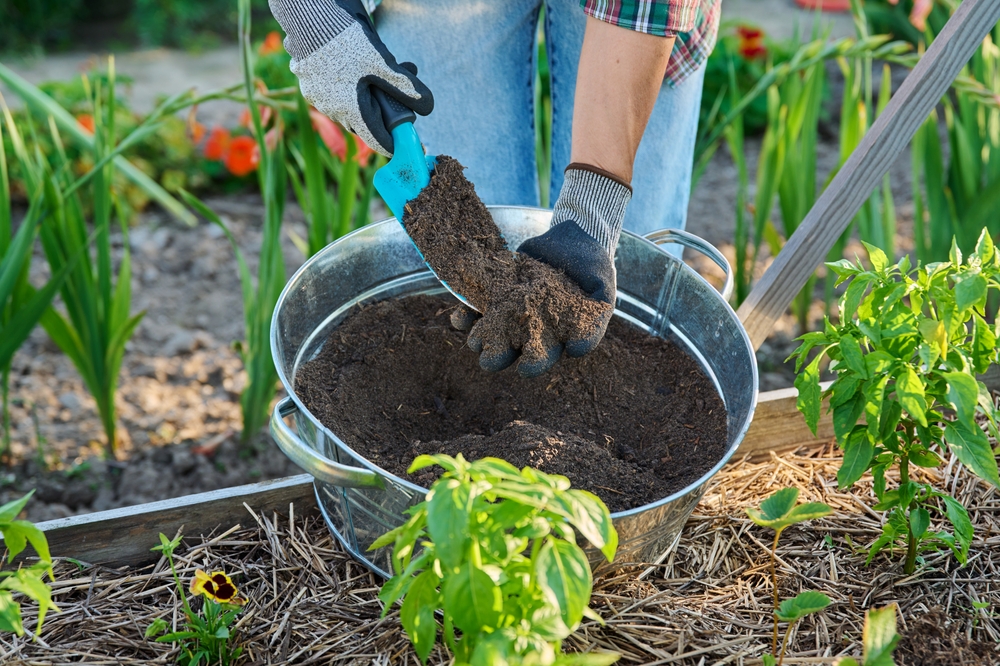
Heat drains the soil of its nutrients, leaving plants weak and unable to recover on their own. Compost or organic fertilizer provides the minerals that replenish soil health. Compost adds beneficial microorganisms along with slow-release nutrients that continue feeding the soil long after you apply it. Organic fertilizers made from fish, seaweed, or manure are gentle and less likely to harm stressed plants compared to synthetic alternatives.
By working compost into the soil around each plant or top-dressing garden beds, you help roots gain access to nourishment quickly. Over the following weeks, the revived soil structure holds water better and supports steady growth. This kind of feeding not only helps plants bounce back but also builds a stronger foundation for the months ahead.
Refreshing Container Plants
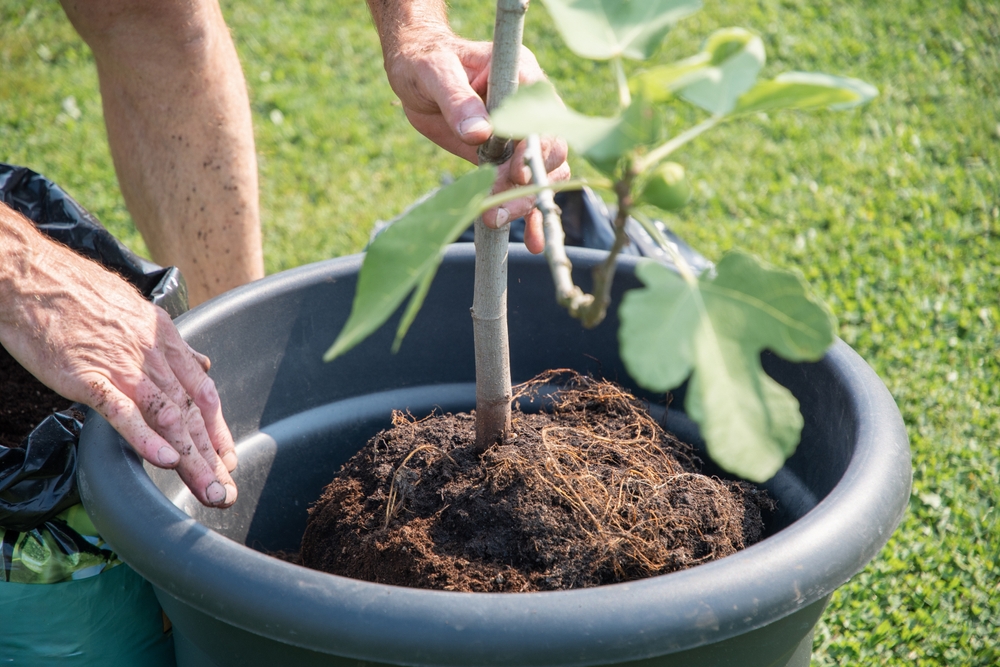
Potted plants often suffer more during hot summers because containers heat up faster and dry out quickly. When plants look wilted even after watering, it is often a sign that the soil has compacted or lost nutrients. Repotting into fresh soil gives roots a chance to spread into a looser, nutrient-rich environment. Trimming away damaged leaves also helps them concentrate energy on recovery.
To give container plants the best chance, move them into areas with gentle morning sun and afternoon shade. Adding slow-release fertilizer pellets ensures they receive consistent nutrients without overwhelming fragile roots. With these steps, many potted plants begin to look healthier in just a week or two, rewarding your care with new blooms and greener leaves.
Aerating the Soil
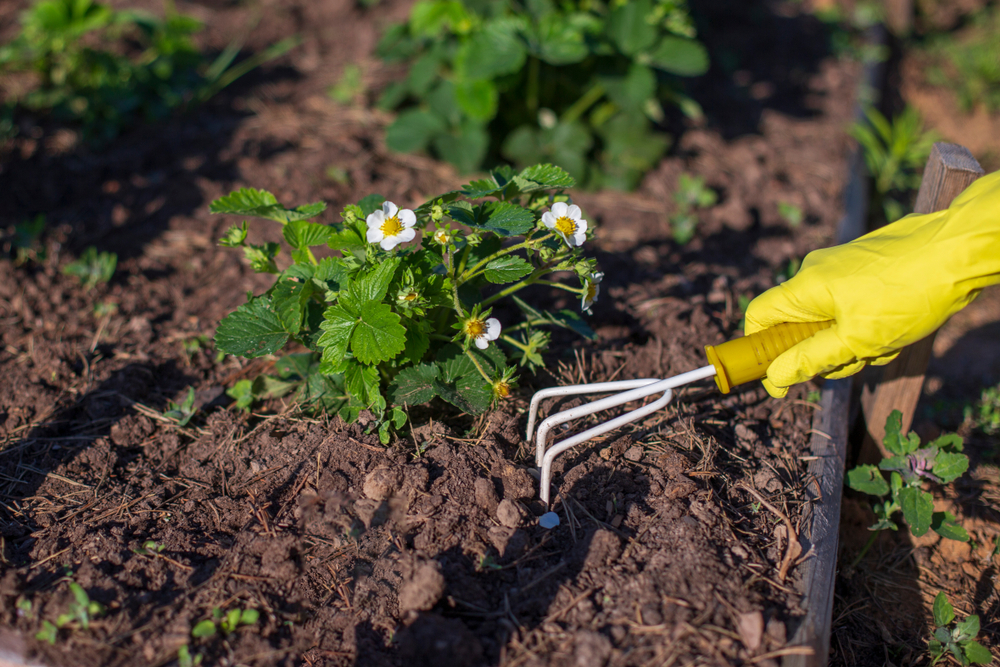
Hot, dry weather often causes soil to become hard and compacted, making it difficult for water and oxygen to reach the roots. Aerating the soil with a fork, spike tool, or aerator loosens the ground and creates pathways for air and water. Even lightly poking holes around flower beds or vegetable plots makes a big difference in how well plants can recover.
Once the soil is loosened, watering and feeding become more effective because they actually reach the root zone instead of running off the surface. Aeration is especially helpful for lawns, which can turn patchy and dull after a long summer. By opening up compacted ground, you give roots room to breathe and grow stronger.
Adding Shade Protection
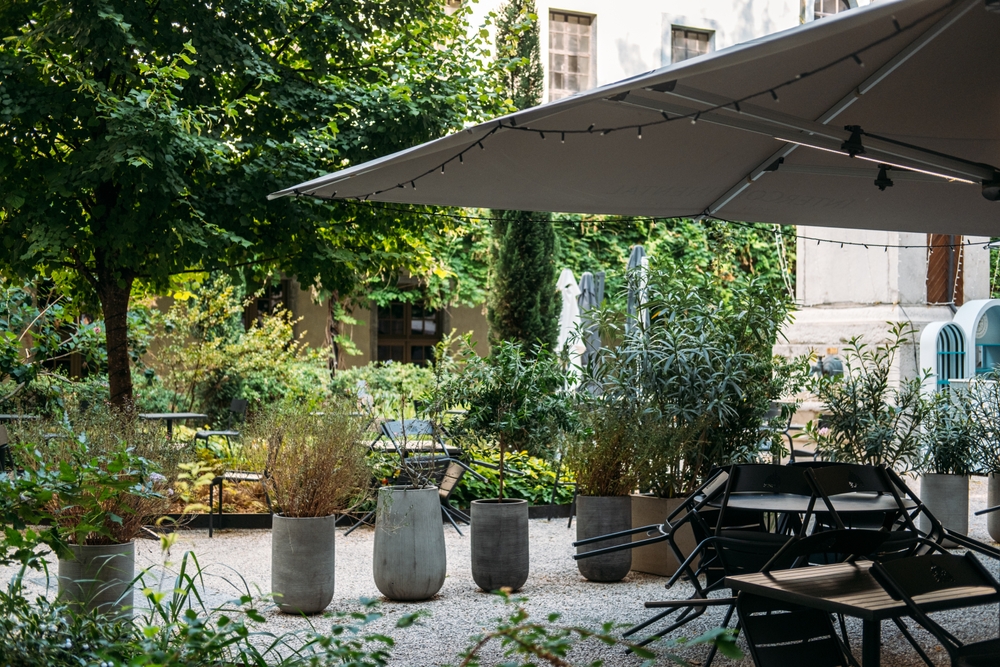
Some plants simply cannot handle long hours of intense sun after the soil has dried out. Setting up temporary shade with garden cloth, umbrellas, or even lattice panels helps protect them as they recover. This keeps foliage cooler and prevents further scorching while roots reestablish themselves in the soil.
Shade protection is especially useful for young seedlings, delicate flowers, or leafy greens that wilt quickly. Once cooler temperatures return, you can gradually reduce the shade, allowing plants to adjust without stress. This step may seem simple, but it often saves plants that would otherwise not survive the lingering heat.
Replanting with Fall Crops
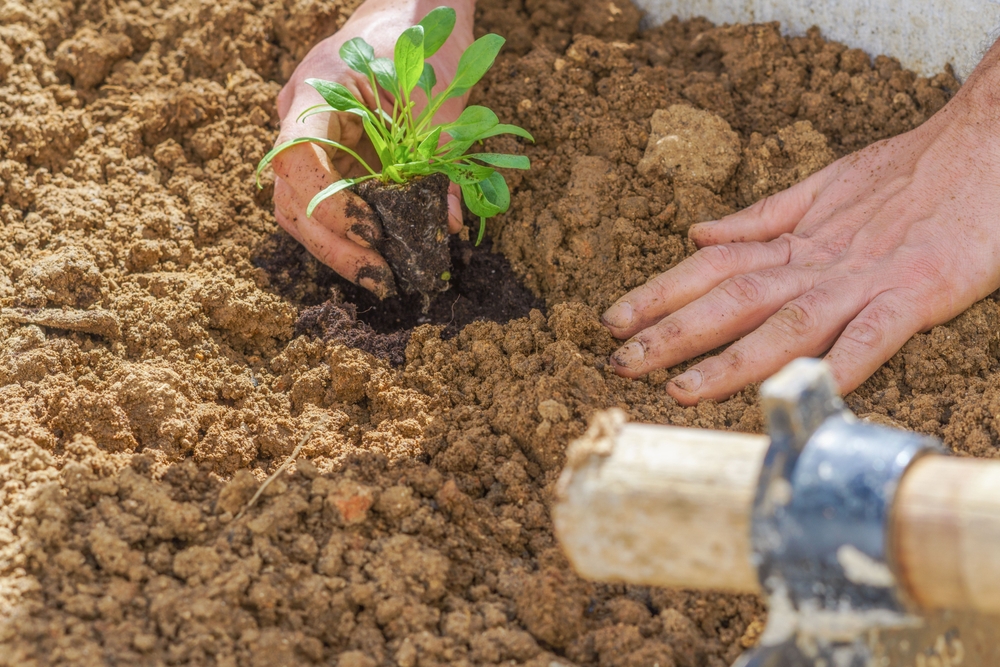
If certain areas of your garden look beyond recovery, planting new fall crops can refresh the space. Vegetables like spinach, lettuce, kale, and radishes thrive in cooler conditions and grow quickly once summer heat has passed. Replacing dried or spent plants with new seedlings brings life back to garden beds and ensures you still get a productive harvest.
Preparing the soil with compost before planting gives fall crops the nutrition they need to grow strong. These quick growers often mature in a matter of weeks, making the most of the remaining season. Replanting not only revives your garden visually but also keeps your harvest cycle moving forward.
Collecting and Saving Seeds
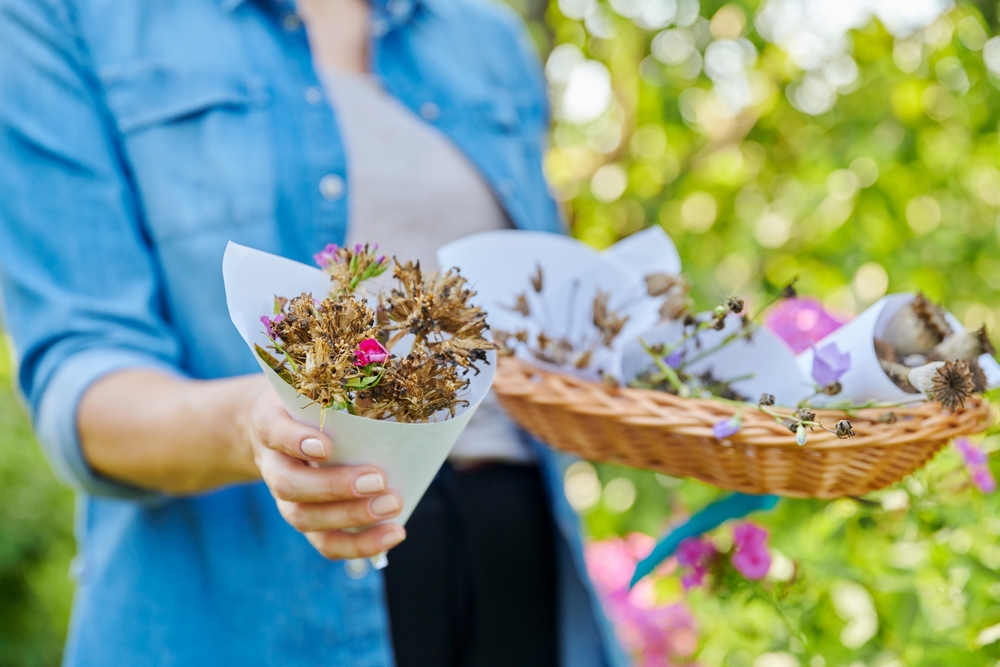
As some summer plants fade, they may leave behind seed pods. Collecting these seeds allows you to replant in the following season without buying new ones. Saving seeds from hardy plants is an excellent way to preserve varieties that did well in your local climate.
This practice is both cost-effective and rewarding, as you watch plants return year after year from your own saved stock. Label seeds carefully and store them in a cool, dry place until the next planting season. By doing this, you keep your garden cycle alive and build resilience for the coming year.
Dividing Perennials
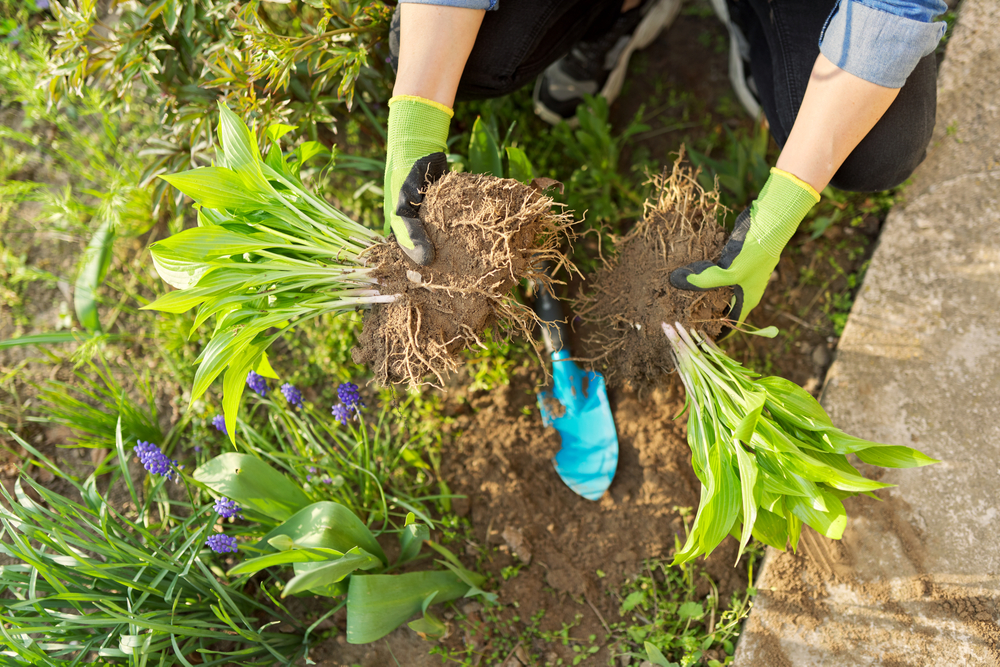
Perennials such as daylilies, hostas, or irises often grow crowded after a season of intense sun. Dividing these clumps into smaller sections gives each one more room to grow. The process reduces stress on the plant and allows fresh shoots to thrive with better access to water and nutrients.
Dividing perennials also allows you to expand your garden without extra cost. Once replanted, the smaller clumps establish quickly in cooler soil, often blooming more vigorously the following year. This step refreshes both the plant and your garden beds.
Repairing Lawn Patches
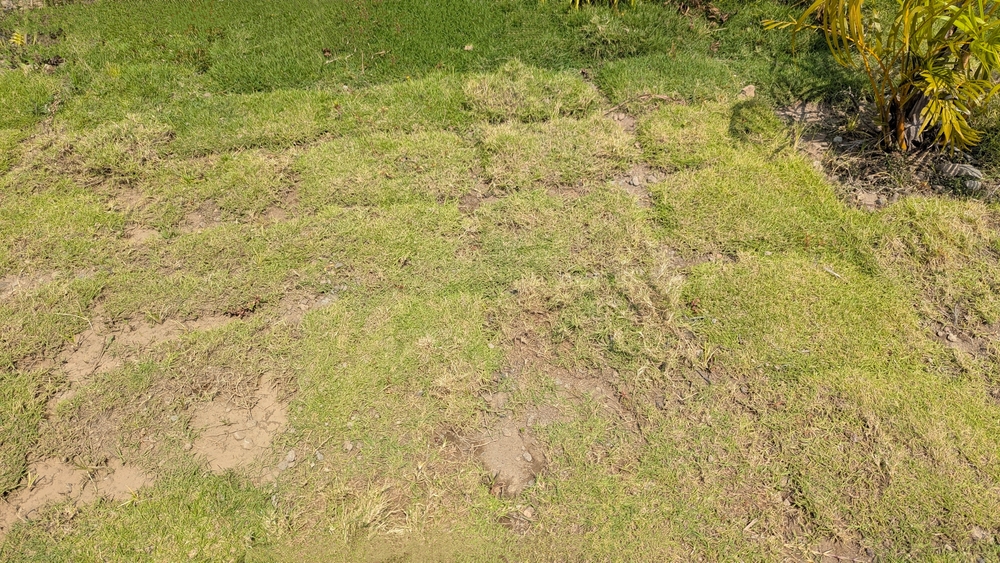
Lawns often take the hardest hit in the summer heat, with brown patches spreading across the grass. To repair them, rake out dead material and loosen the soil before reseeding. Adding a light layer of compost or topsoil gives seeds a healthy base to sprout.
Consistent watering is key in the early weeks, keeping the soil moist but not waterlogged. Within a few weeks, new green shoots will fill in the bare areas, gradually blending with the rest of the lawn. This simple step brings back a fresh, uniform look to your yard.
This article originally appeared on Avocadu.
